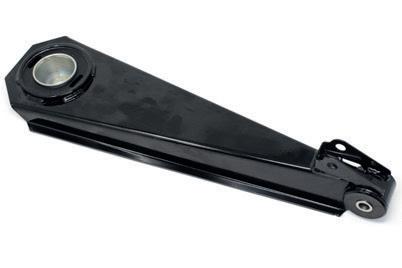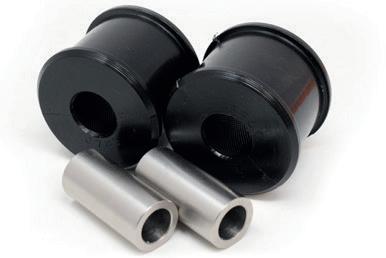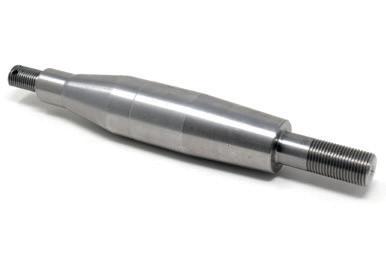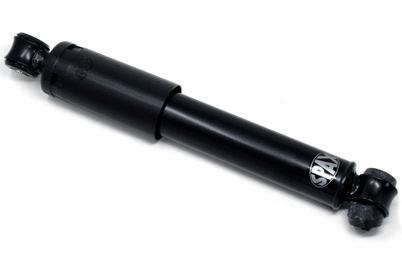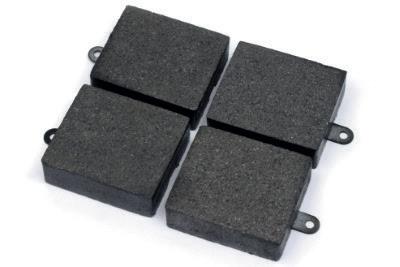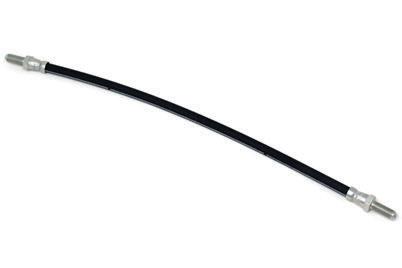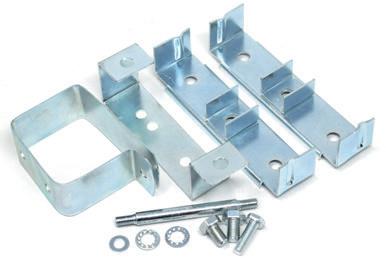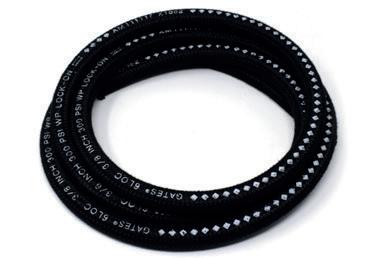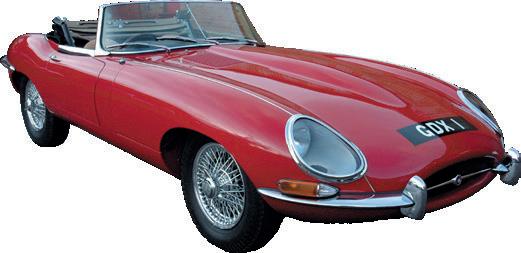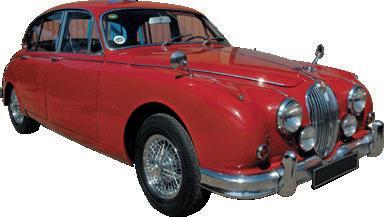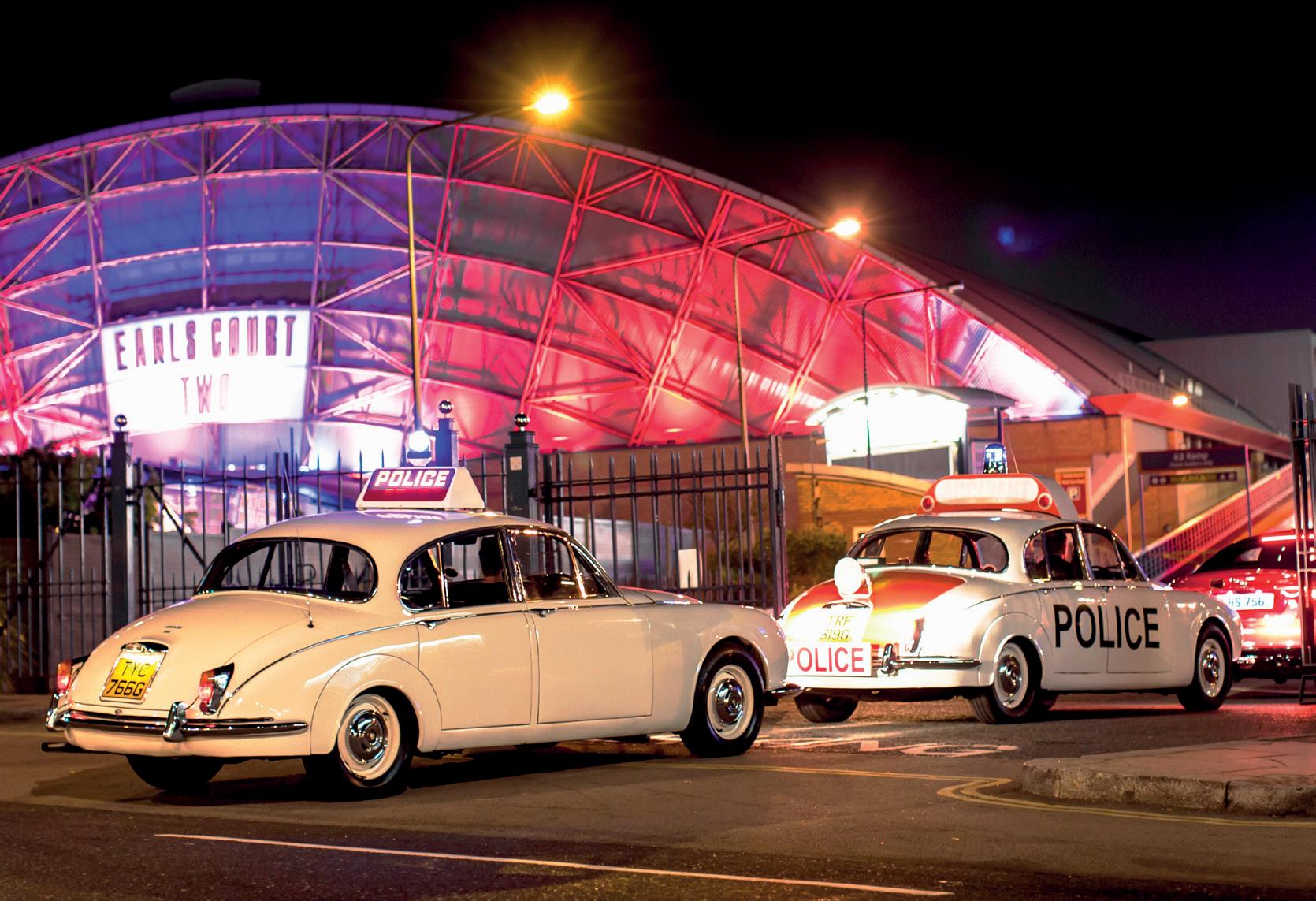
4 minute read
Mk1/2
The compact model put Jaguar on the world map in terms of output
WE ALL GET EXCITED WHEN we talk about Jaguar's rare and exotic models such as the S.S. Jaguar 100, XK120 and E-Types, but founder Sir William Lyons created two models which broke new ground and were the foundations of the marque's long term stability. They are the XJ6 in 1968, and the 'Mk1'/Mk2 in 1955 and 1959.
Advertisement
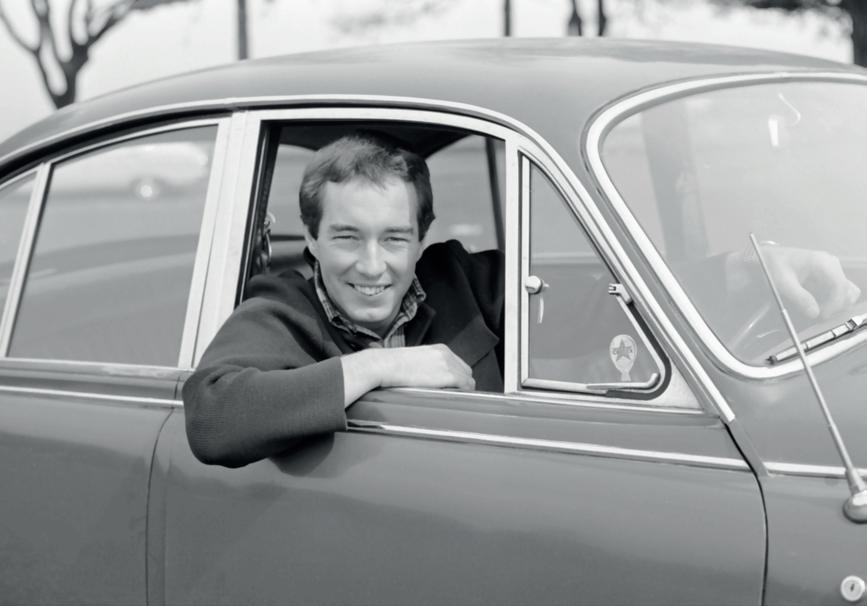
All of these years later they are still affordable and work well in modern road conditions. For this feature we will concentrate on the 'compact' models known officially as the '2.4 Litre', '3.4 Litre' and Mk2. With the introduction of the Mk2 the earlier model generally became the 'Mk1'.
01
Initially available only in 2.4 Litre engine size, it found a new niche in the smaller luxury car range in that it had no separate chassis, and like the racing D-Type, utilised a monocoque body structure. It also mimicked the XK140 sports model with its eight bar grille and similar bumpers. The original Jaguar 2.4 saloon was released on the Jaguar stand at the 1955 British Motor Show at Earls Court in London
Image 01
Both of these cars officially are 340s and not Mk2s.
Image 02/03
Interiors of the Mk2 tell it all - luxury and performance looks.
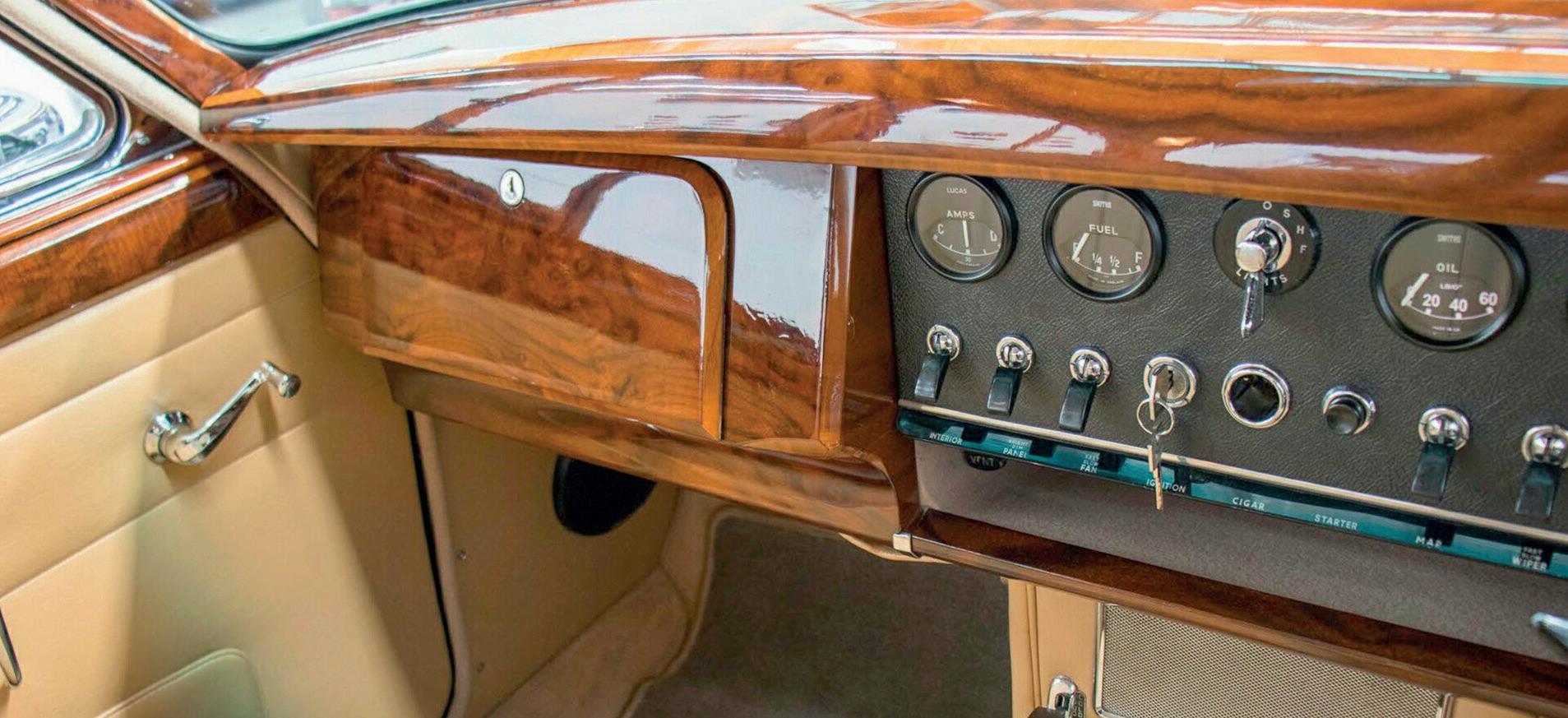
Image 04 in October of that year. Jaguar had little trouble in selling their new car.
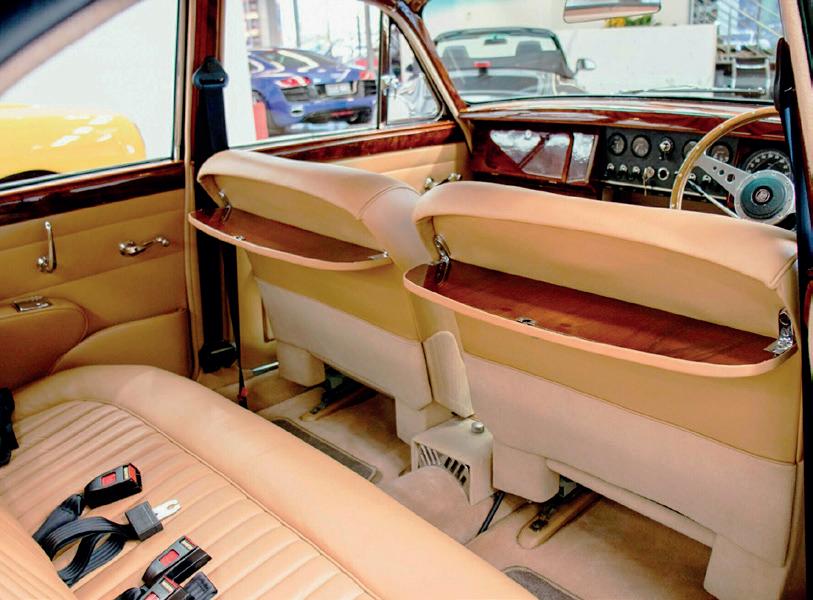
The motoring press loved it, and when the 3.4 Litre version was known to be on the way dealers pre-sold many.
On the 26 February 1957 the 3.4 Litre was officially announced to the world and from the start was available with a three-speed auto transmission.
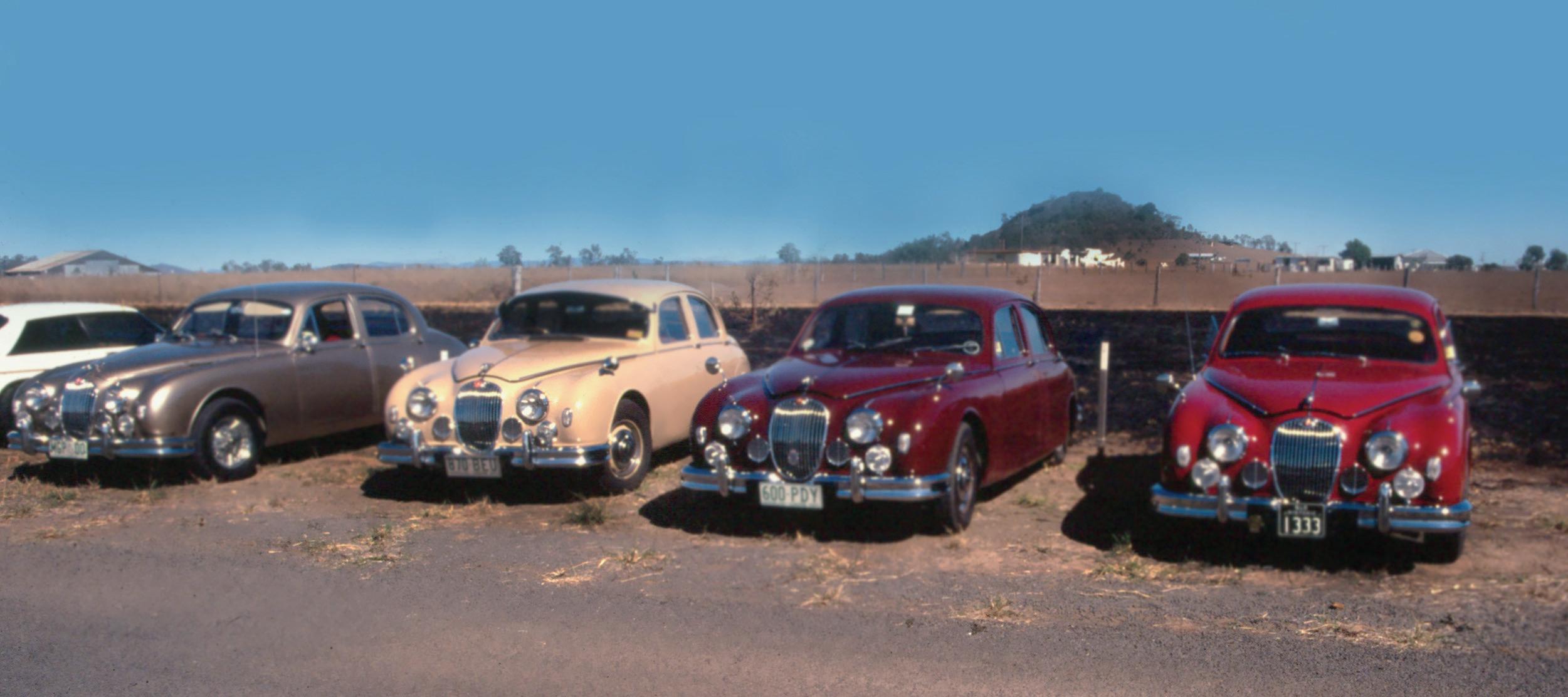
It was the sporting bargain of the day with performance for half the price of an Aston Martin. Top speed was 120 mph with 0-60 mph coming up in 9.1 seconds, whereas an Aston Martin DB2/4 Mklll only did 119 mph and 0-60 in 9.3 seconds.
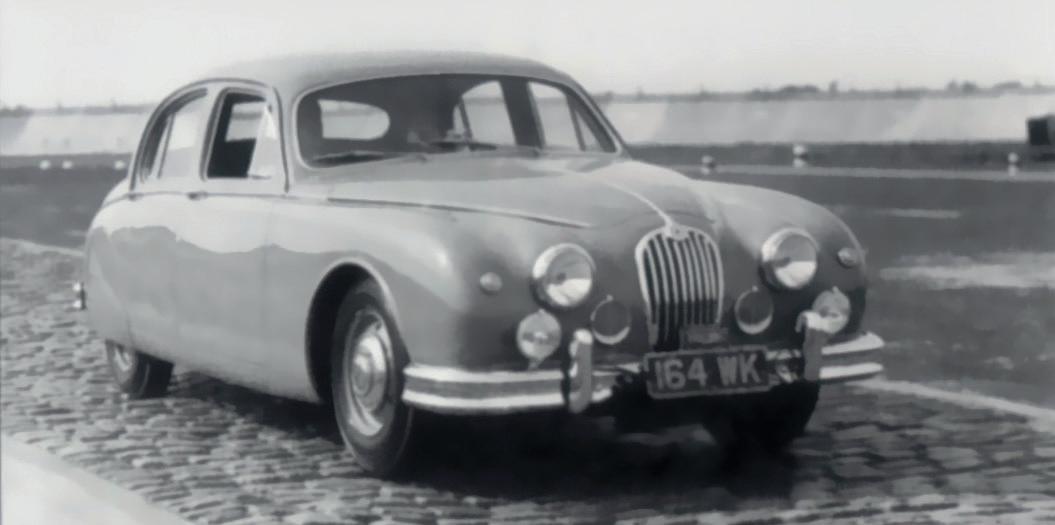
Of course, the 3.4 became a massively successful racer in the hands of many including Britain's glamour boy, Mike Hawthorn.
In Australia David McKay raced a new factory-built 3.4 and from that the massive popularity of touring car racing in Australia sprang. McKay got a second factory 3.4 in 1959 as did Bill Pitt in Brisbane. Both won the first two Australian Touring Car Championships in their
Image 01
The Mk1 is finally back where it deserves to be in the popularity stakes at the Goodwood Revival.
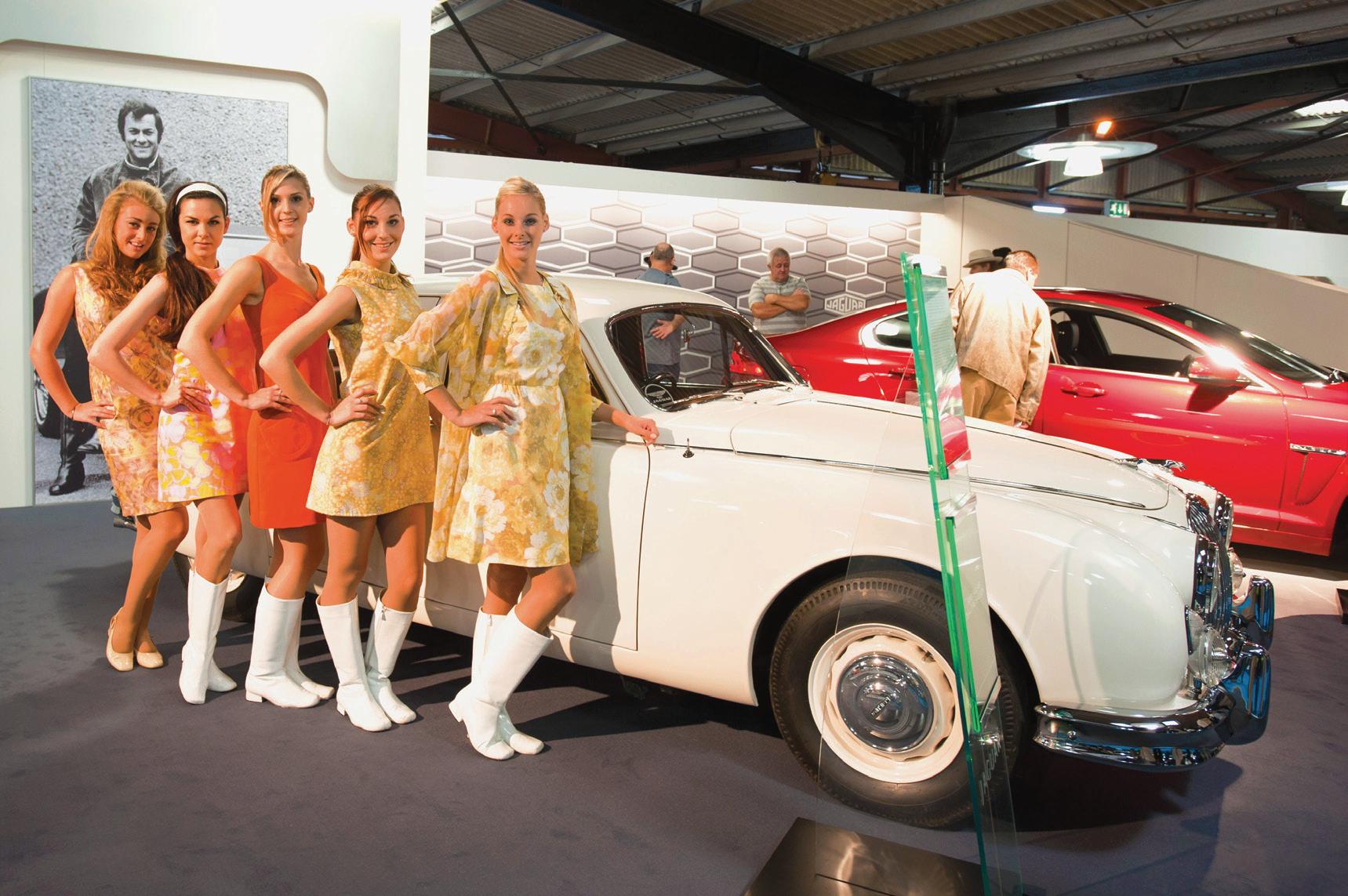
Image 02
Image 03
Prototype 2.4
Jaguars, and Bob Jane followed with his Mk2.
The Mk1 did have its peculiarities with a rear axle four inches narrower than the front, and small rear window and quite heavy door frames. So in 1959 Jaguar released the Mk2 version after only three years of production for what now became known as the Mk1, of which the sales had been excellent. The main change was an increase in glass area which made the car seem more spacious inside, and a new sporting dashboard was added. Mechanically there were more changes with the rear track being widened to improve handling in the wet.
The 2.4 and 3.4 engines were carried over to the newer model, with the 2.4 getting a power hike to 120 bhp, but now there was a new top spec engine.
The 3.8 litre fitted into the XK150 the year before was now in the Mk2 and rated at 220 bhp.
After acquiring Daimler, Jaguar also built the Mk2 with Daimler's highly acclaimed 2.5 litre V8 engine. It added more luxuries and the traditional Daimler waves to the grille and boot plinth. Prices were such that the Mk2 had virtually no competition. With a top speed of 125 mph, and 0-60 mph in 8.5 seconds, the 3.8 is one of the cars that established Jaguar's reputation for elegant performance.
While the newest Jaguar saloon was fast for its day, and there were plenty of people willing to improve upon those figures. One of the best known was John Coombs, the famed Jaguar dealer from Guildford in Surrey.
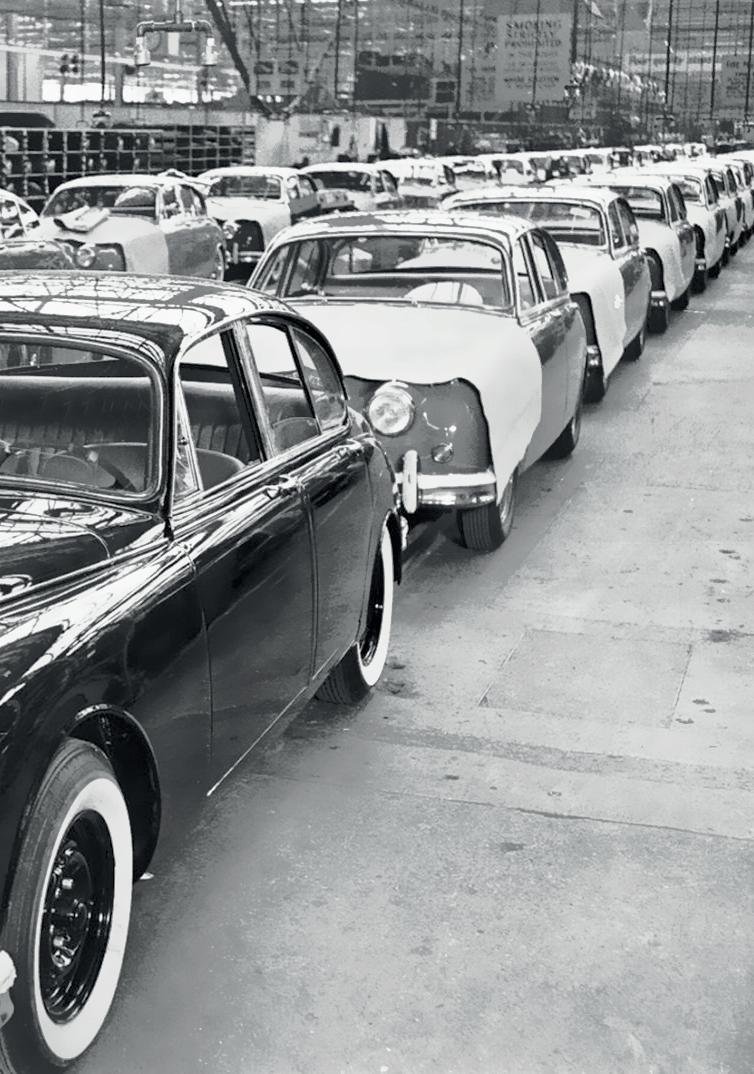
In 1967 with sales starting to decline the 3.8 was dropped and the 2.4 and 3.4 were renamed the 240 and 340.
The 240 got another power hike up to 133 bhp at 5,500 rpm with an improved cylinder head and carburation also improving torque figures. However, the performance wasn't as good as it had been in comparison to the competition which had been catching up over the years, and with the launch of the new Jaguar XJ6 the midrange saloons were all slowly dropped. By early 1969 the compact was no more. A whopping (for the time) 145,835 examples were built of the Mk1, Mk2 and Daimler with Australia and the US being two of its most important markets. With Jaguar dealers thriving throughout Australia, and Bob Jane's racing success adding to the popularity, 1533 cars were sold in New South Wales alone! That doesn't include Daimler versions. We can break that down even further and illustrate the growing sales success of the models.
In NSW the 2.4 Litre saw 150 cars sold along with 307 3.4 Litres. However, the Mk2 bowled everyone over and including 240s and 340s a massive 239 2.4 engined, 321 3.4s and 514 3.8 litre Jaguar Mk2s were sold. That was one State alone and Victoria would have been comparable along with Queensland where Bill Pitt was a very successful racer and a Manager in the Jaguar distributorship there. The Mk1 suffered in the wake of the more 'modern' Mk2 until recently, but the vast majority of them have been scrapped after decades of neglect. A good original one is difficult to find and is highly sought after.
A word of warning if you are considering the acquisition of one. Enthusiasts, including our editor(!) up-graded Mk1s and Mk2s with 3.8 enginescheck your car is as built.
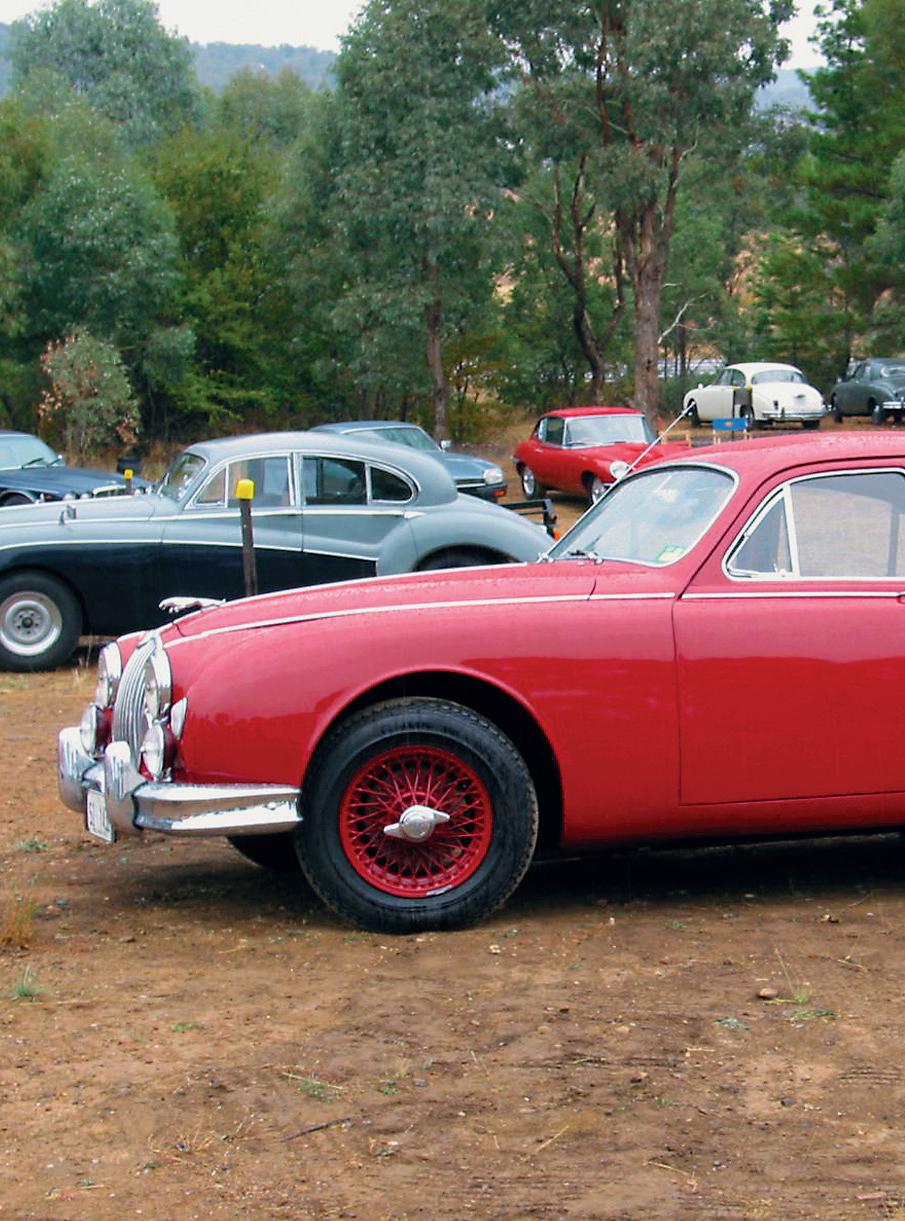
Image 01
Wire wheels make a huge difference to the presentation of a Mk1 or Mk2.
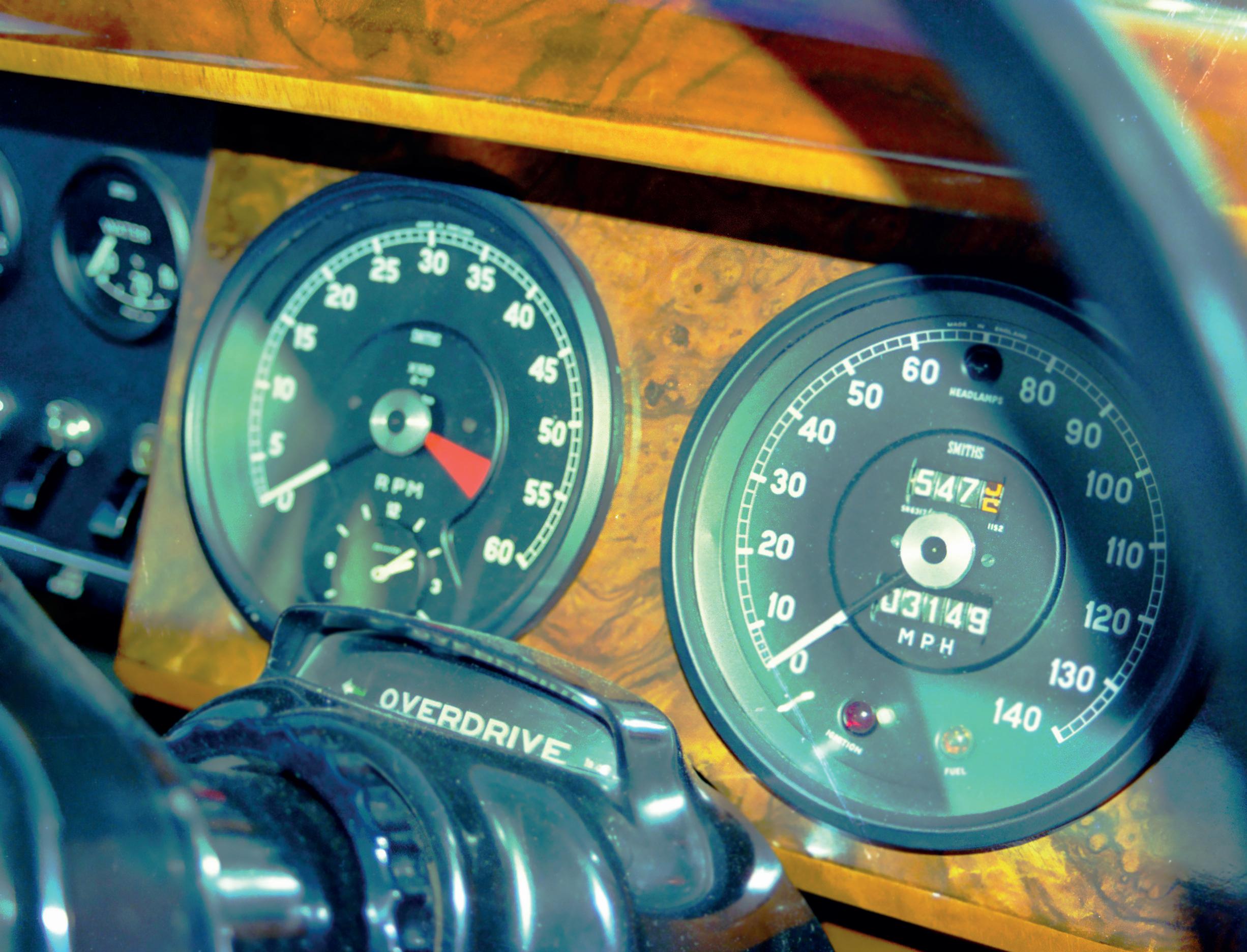
Image 02/3
We were in Christchurch when this unique Mk2 was delivered from a home garage. The 3149 miles are genuine. It was sold to a Japanese collector.
Image 04/05/06
The 2.4 Litre when new and displayed in Brisbane. The Jaguar Collection car was sold to the father of Ivor Bueb. Jaguar was stretched to cope with sales.
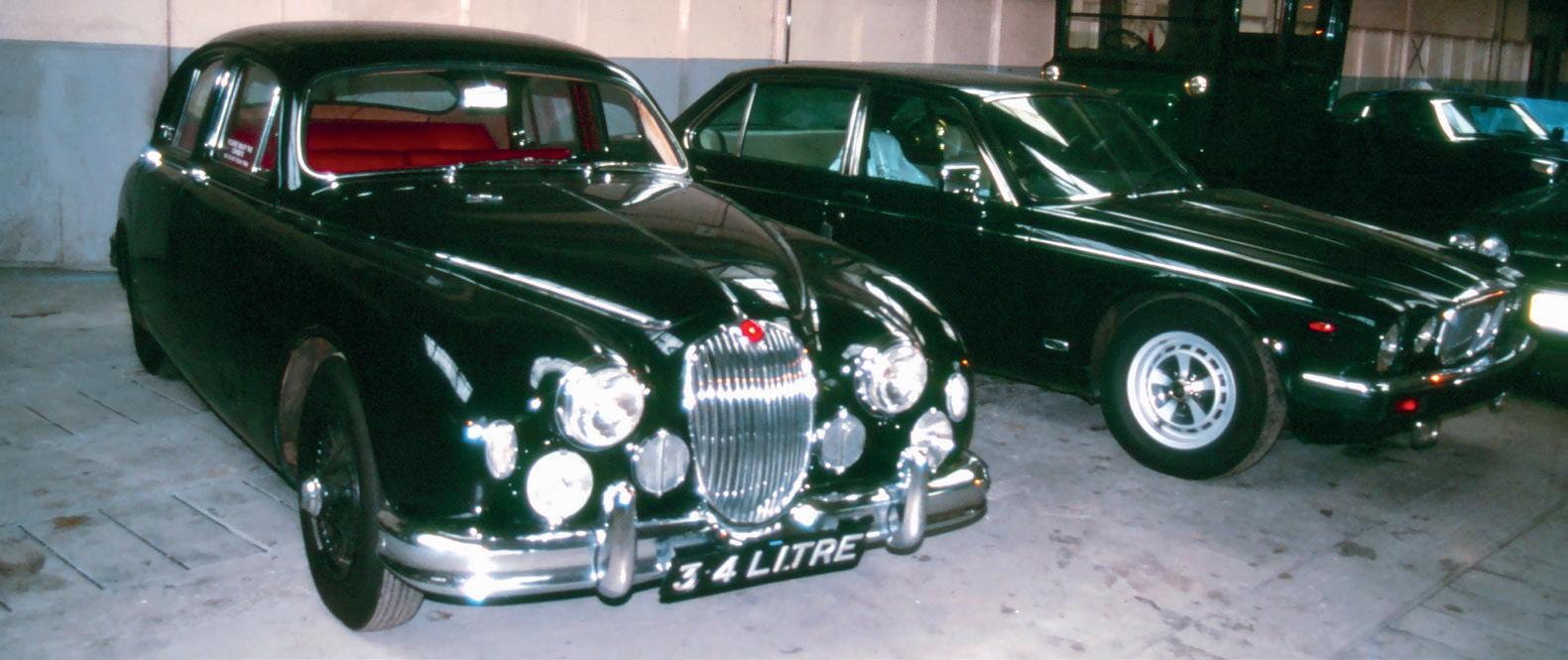
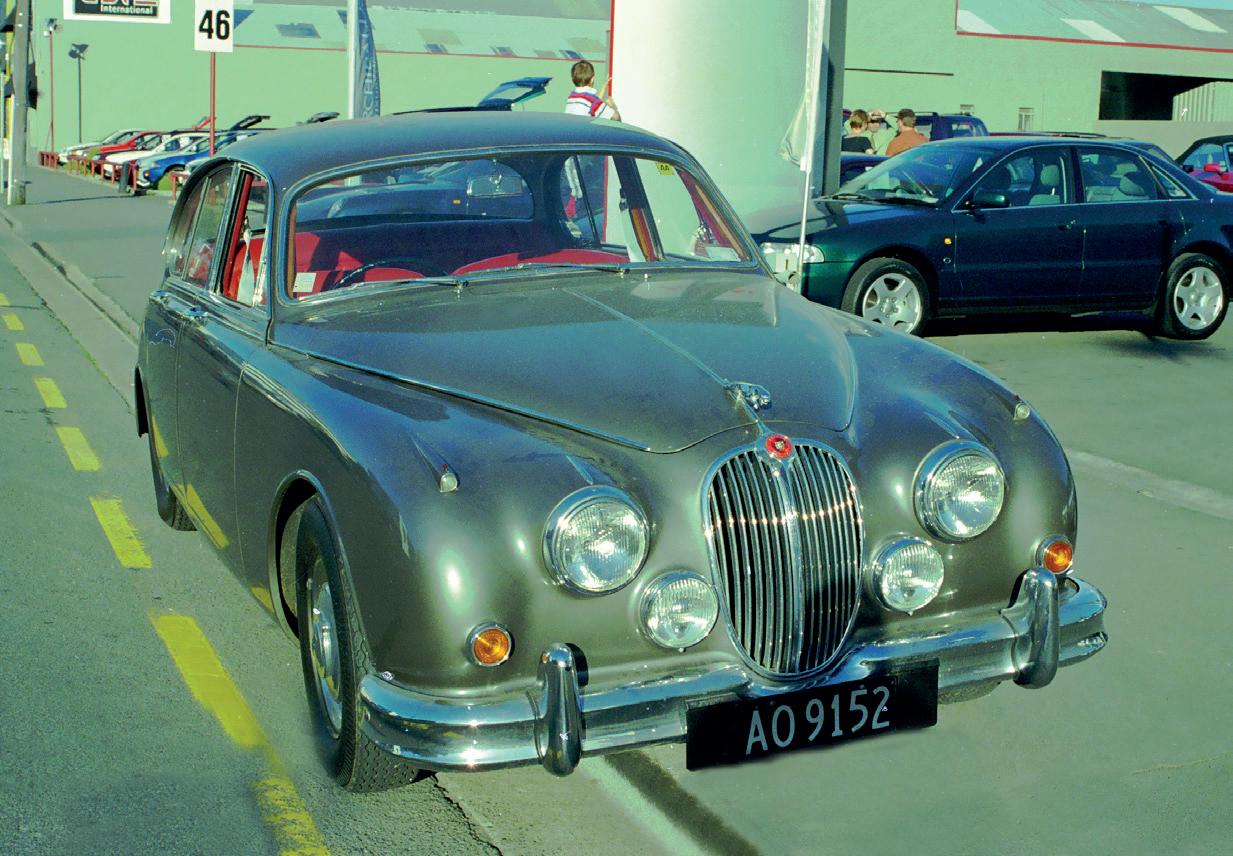
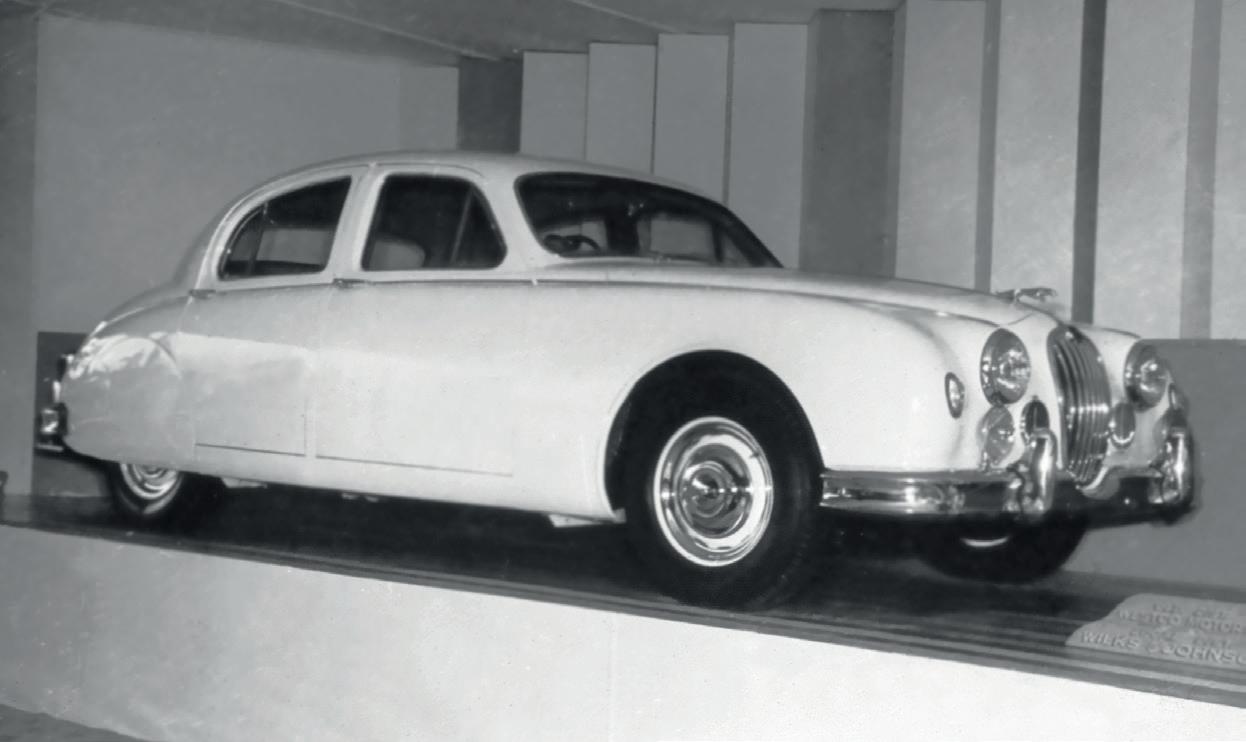
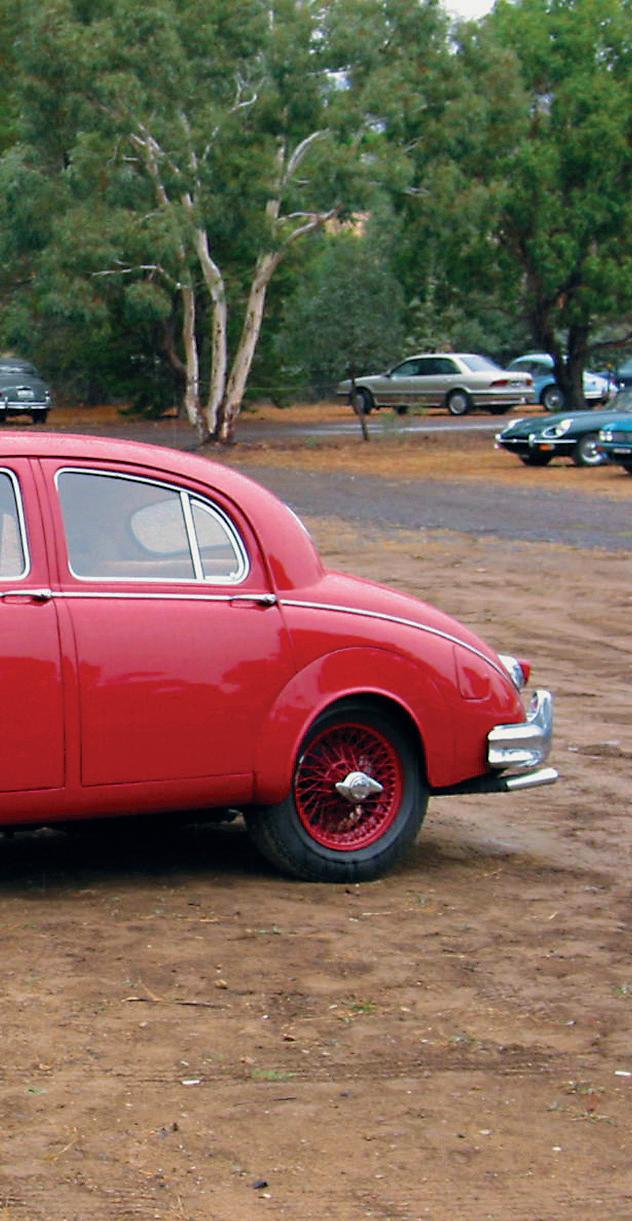
UPTO 10% DISCOUNT ON THESE PARTS WITH OUR PRIVILEGE ACCOUNT - 12 MONTH MEMBERSHIP*
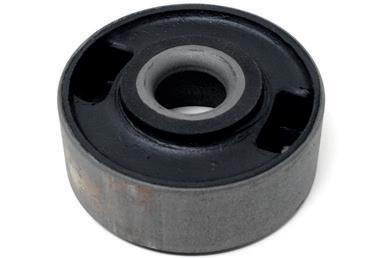
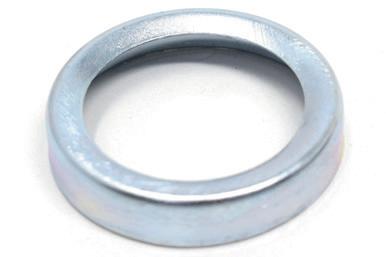
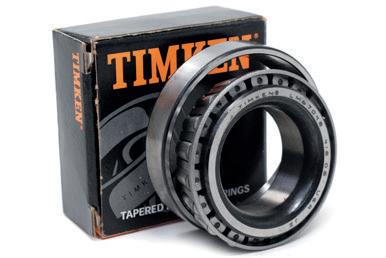
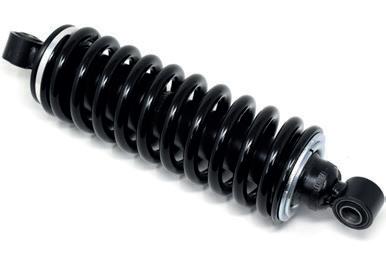
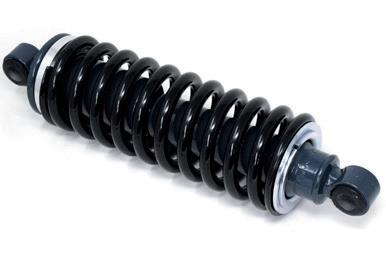
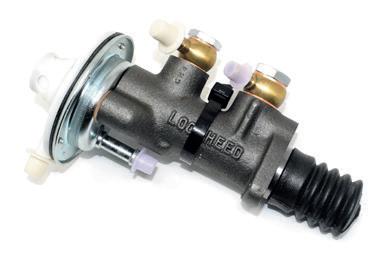
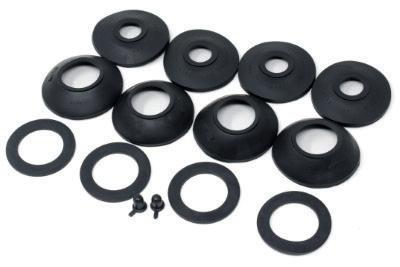
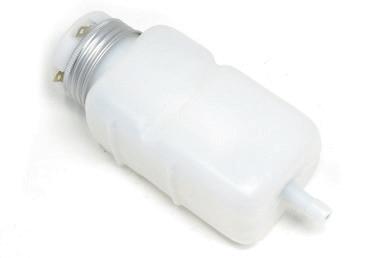
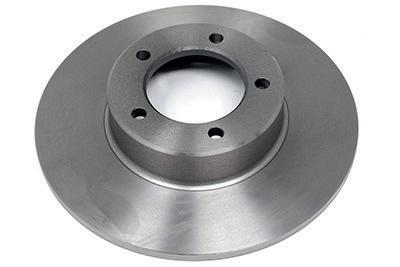
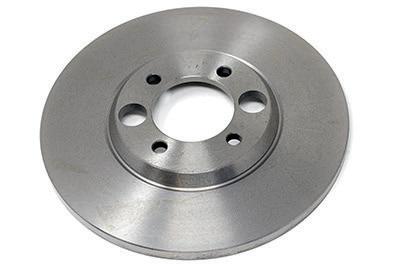
THOUSANDS MORE PARTS AVAILABLE FOR CLASSIC AND MODERN JAGUARS, VISIT OUR NEW WEBSITE HP022-21-2
